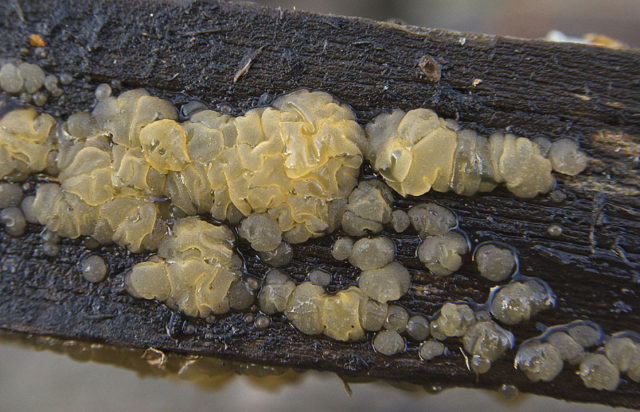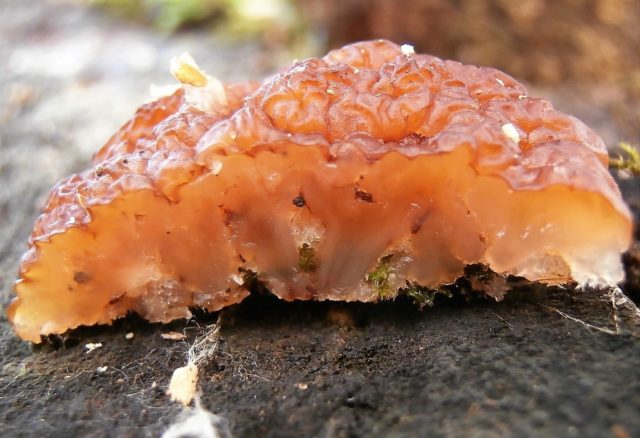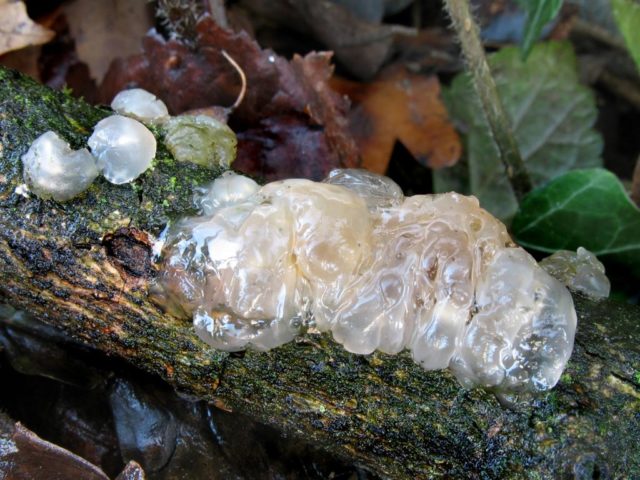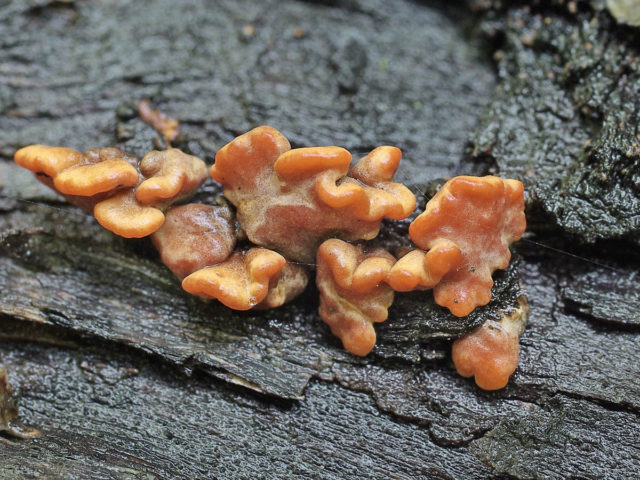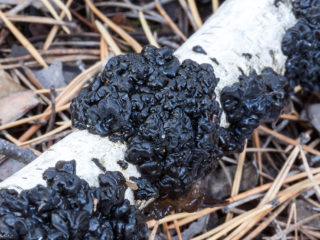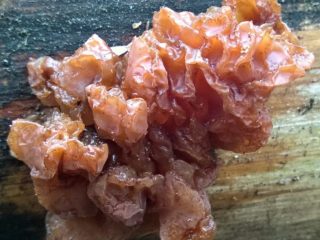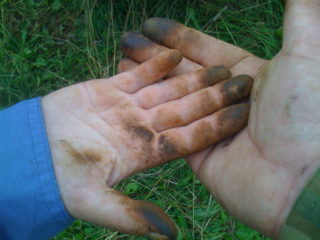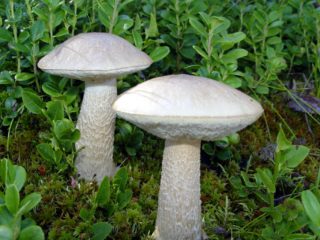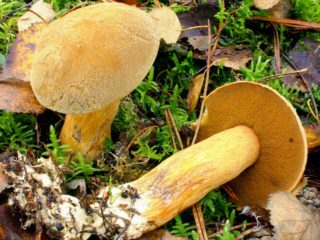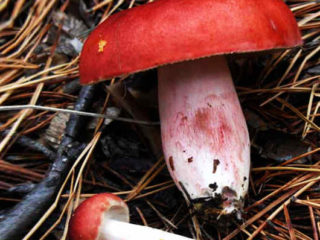Content
Exidia cartilaginous belongs to the Saprotrophic family and grows on dry or rotten wood. The mushroom is an inedible species, but is not poisonous. Therefore, if it is consumed as food, it will not cause serious harm to the body.
What does Exidia cartilaginous look like?
Excidia cartilaginous is a rare specimen from the mushroom kingdom, which can be easily recognized by its external characteristics:
- the fruiting body is formed by a jelly-like mass of light yellow color;
- round mushrooms grow together and reach a diameter of 20 cm;
- in appearance they resemble a lumpy mass of irregular shape with an uneven surface;
- the edges with numerous whitish cilia are folded.
In dry weather, the fruit pulp hardens and acquires a shiny surface; after rain it comes to life and continues its development.
Is the mushroom edible or not?
Exidia cartilaginous is an inedible variety. The gelatinous pulp is white or light brown, odorless and with a slightly noticeable sweetish taste.
Where and how does it grow
The species prefers to grow on dry or rotten wood of deciduous trees. Found in Europe, Asia and North America. Fruiting is long, from July to November. Fruiting bodies are not afraid of sub-zero temperatures; after warming, growth, development and formation of spores continue.
Doubles and their differences
This representative of the mushroom kingdom has similar brothers. These include the following varieties:
- Trembling vesicle. The gelatinous fruiting body is initially round, over time it acquires an irregular shape with a diameter of up to 20 cm. The smooth surface is shiny, and at a young age it is colored transparent snow-white. With age, the jelly-like mass acquires a creamy-pink, and then red-brown color. The species is rare and appears on rotting deciduous trees from January to March. The variety is edible, but due to the lack of aroma and taste it has no nutritional value.
- Craterocolla cherry. The watery pulp is brain-shaped and has a lemon-orange color. Prefers to grow on cherry, plum, poplar and aspen. The variety is not eaten.
Important! The main difference between Exidia cartilaginous and its brothers is the presence of snow-white eyelashes on lighter edges.
Conclusion
Exidia cartilaginous is an inedible, rare mushroom species that grows on dry or rotten wood. It has a jelly-like shape, thanks to which the mushroom cannot be confused with other specimens.It is beautiful, unusual, hardens in dry weather, but after rains it quickly comes to life and continues its development.
